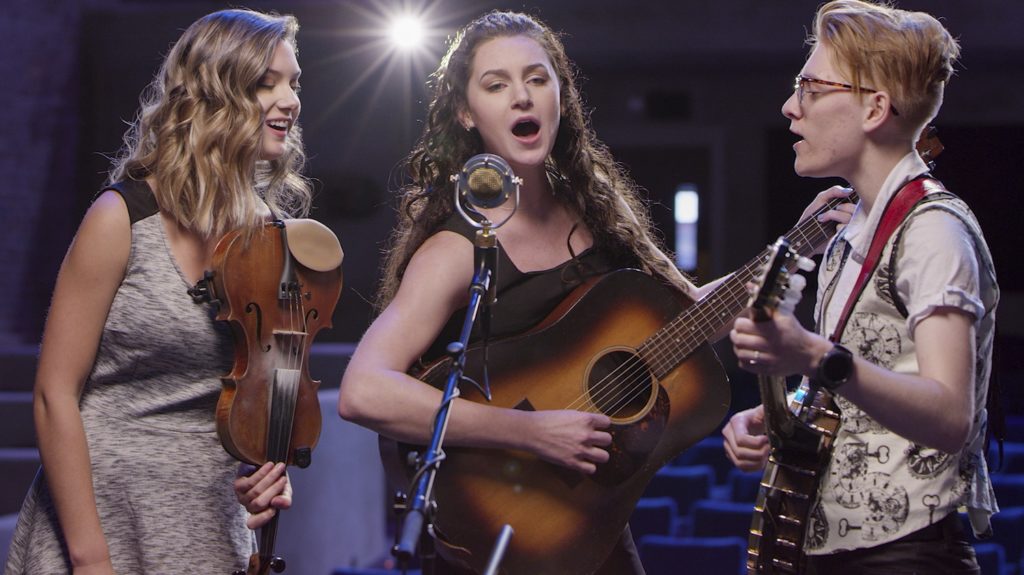 Special to the Philanthropy Journal
Special to the Philanthropy Journal
By Fred Mandell
In the 90s, the Army introduced a “VUCA World”—they checked the planet’s pulse and discovered the world had become more Volatile, Uncertain, Complex, and Ambiguous. The implications were profound for how we prepare our military to be effective in such a world.
In 2010, IBM issued its Global CEO Study which posed a primary question to over 1500 CEOs around the world: What is your number one leadership need? The answer: Creativity.
Interestingly, the REASON these CEOs gave for their overwhelming response was the world had become uncertain, complex, and disruptive and the pace of change left many breathless. All the old rules were upended and the Generals and Captains of Industry agreed we needed a new set of leadership skills not only to protect us but to navigate change and create value for citizens, customers, and shareholders. 
Creativity needs to extend beyond the military and business. Science, education, civics, government, healthcare, transportation, sustainability, and philanthropy—all find themselves operating within this new context. What the Army concluded relative to its structure and training and what CEOs concluded related to a new set of leadership skills is true for all sectors of society. The world has become too interconnected. Creativity is the meta-skill for the first part of the 21st century because we cannot solve new problems with legacy modes of thinking.
In response to these new realities, a movement has emerged at the intersection of art and leadership. This movement is taking shape around three points of focus to: 1) introduce arts-based learning into education, including at the MBA level; 2) offer arts-based processes as a new way of thinking and solving problems across disciplines and industries; and 3) using arts-based processes to develop a new set of leadership skills responsive to our new global context. The underlying idea to this movement is art-making, as a paradigmatic framework, has practical application that stretches beyond the studio walls into the classroom and to the boardroom. 
One area we can see growing traction for integrating the arts into leadership is at the graduate business school level. Throughout the U.S., Canada, and Europe, there are a growing number of initiatives. One of the pioneers, Nancy J. Adler, S. Bronfman Chair in Management at McGill University in Montreal, created her Global Leadership; Redefining Success program. At the Copenhagen Business School, Robert Austin and others introduced the pedagogical method of Studio Learning which uses arts to build leadership learning. At IEDC Bled School of Management in Slovenia, Ian Sutherland, Deputy Dean for Research and Director of PhD Studies, uses art to foster creative thinking and innovative decision-making. At MIT Sloan School of Management, I also teach the class, The Leader as Artist.
Where can today’s leaders go to develop their creative leadership skills? Artists provide a surprising, yet rich resource. In fact, one can make the case that the neuroscience related to the connection between creativity and the brain is validating many of the centuries old creative practices of great artists. Here are examples of four “seeing” strategies artists used to enhance their creativity and how they contribute to creative “thinking”:
- Paying attention to negative space. In art, negative space surrounds a subject. For artists, what is happening in the negative space is as important as the subject being painted because negative space contains important information that helps define the subject as much as the subject defines itself. So artists spend a great deal of time studying what is in the negative space to understand their subject. We can find negative space all around us – in market data, in patterns of behavior, in what our clients and customers are NOT telling us. You can use the idea of negatives space to identify new market segments (Cirque de Soleil), a concept (Starbucks “Third Place”), or in politics (“silent majority”).
- Turning Things Upside Down. Great artists engaged in the practice of turning their paintings upside down. They did this to gain a fresh perspective on the painting’s design, color relationships, and values. Such a practice allowed them to look at the painting from a new perspective. Yet, we rarely turn our assumptions upside down to test and push them. When we do this, we radically shift our perspective. One of the impediments to breakthrough thinking is the assumption we hold. We become comfortable with these assumptions as describing the world we behold. Yet, these assumptions become both blinders and prisms.
- Cultivating the mind of a child allows us to return to what gives us joy and energy without pre-judgment, unbound by rules. Harvard Business School Leadership scholar Abraham Zaleznik suggested business school curriculum “should worry less about the logics of strategy and more about thought experiments in the play of creativity and imagination.”
- Stepping back from the canvas. For great artists, this meant moving yourself some distance from your daily life or work to gain a fresh perspective. Leonardo Da Vinci urged us: “Every now and then go away, have a little relaxation, for when you come back to your work your judgment will be surer.”
Da Vinci practiced what he urged and as a result arrived at many ingenious and prescient “prototypes”. Yet, our response to meeting challenges, steeped in the Calvinist ethic of hard work, emphasizes hunkering down, physically and mentally, rather than taking da Vinci’s advice. The result is we produce ideas that are extensions of existing ideas rather than truly fresh and innovative ideas.
Most major innovations can be traced back to these seeing strategies singularly or in combination. As Marcel Proust observed a century ago: “Discovery is not about seeking new landscapes but in having new eyes.” This is not to say that there’s nothing new under the sun. It does suggest that the raw material for creativity and innovative thinking is right in front of us if we adopt an artist’s mind set and learn to observe with freshness.
As we experiment with new ways to develop leaders who can face the future, we may ask how is this growing work at the intersection of the arts and leadership relevant to philanthropy.
- If the field of philanthropy were to begin to think of the arts as a horizontal as well as a vertical category for giving, would such a perspective open new pathways for funding?Culturally, we have been accustomed to view arts-based projects and initiatives through the assumption that the arts are a discrete, self-contained discipline potentially worthy of funding for the reason that they are the arts. Is it time to seek out and consider initiatives that integrate arts-based processes into non arts-based initiatives? Or to explore how arts-based processes can enhance the outcomes of non-arts based initiatives?
- If leading effectively in a highly-volatile, fluid, uncertain, and disruptive global context is essential to the success of initiatives funded through philanthropy, does philanthropy have a role in advocating for and supporting the combining of initiative funding with leadership development?
- If it is true we are living in a new global context which requires a new set of creative leadership skills, is there an opportunity for the field of philanthropy to reflect on how it develops its own creative leadership capacities?
The world is at an inflection point. The new, emerging context requires we go beyond traditional ways of problems solving. Embedded in art making processes are modalities of learning and thinking that are perfectly suited for our new realities. The field of philanthropy is uniquely positioned to play a leadership role within this broader, uncertain context. One possible starting point is for the field of philanthropy to begin applying the four seeing strategies to itself.
Fred Mandell currently serves as the President and CEO of The Global Institute for Arts and Leadership (TGIAL). TGIAL is a non-profit that creates, curates, and delivers arts-based experiences, programs, and training that catalyze transformational change and renewal in companies, organizations, and communities. He is also an instructor at MIT’s Sloan School of Management where he teaches the program The Leader as an Artist.





